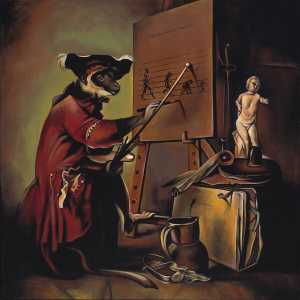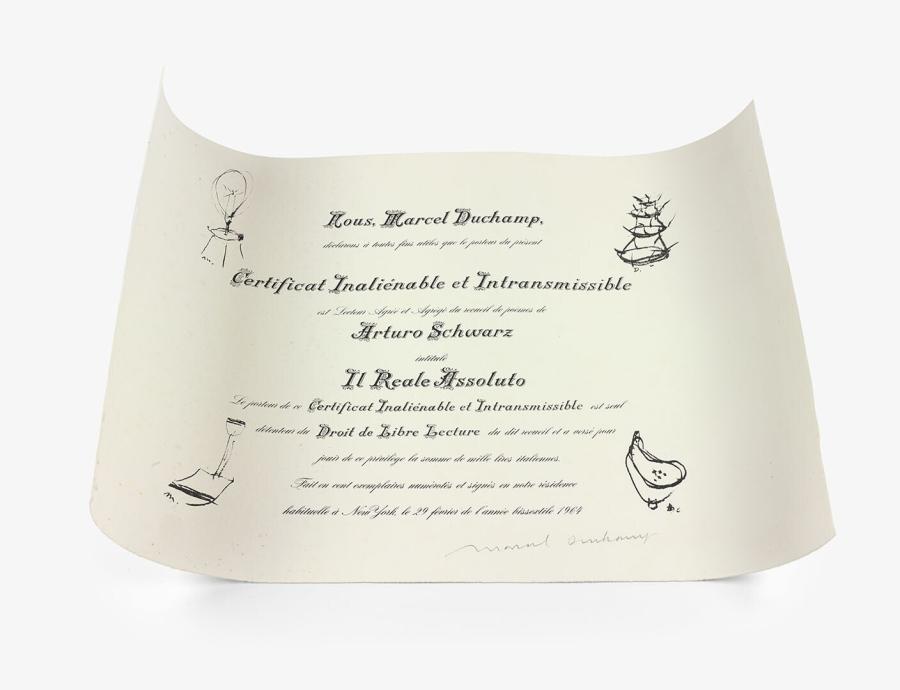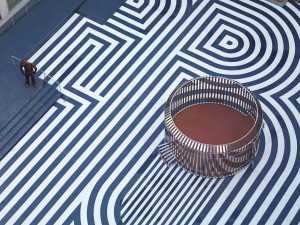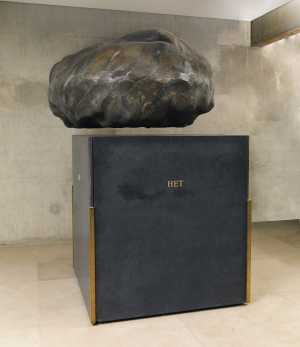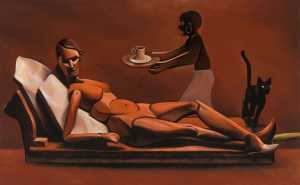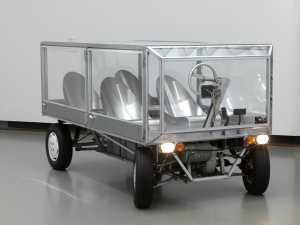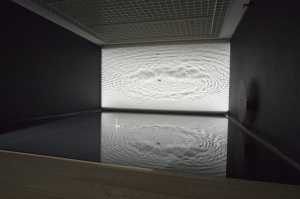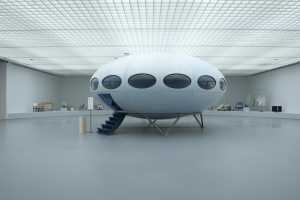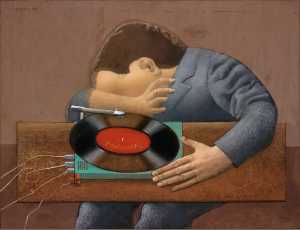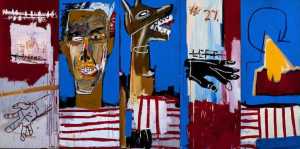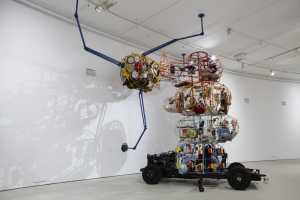Specifications
| Title | Certificat de lecture |
|---|---|
| Material and technique | Lithograph on Japanese paper |
| Object type |
Print
> Two-dimensional object
> Art object
|
| Location | This object is in storage |
| Dimensions |
Height 335 mm Width 500 mm |
|---|---|
| Artists |
Artist:
Marcel Duchamp
Publisher: Arturo Schwarz |
| Accession number | MB 1990/9 (MK) |
| Credits | Purchased 1990 |
| Department | Modern Art |
| Acquisition date | 1990 |
| Creation date | in 1964 |
| Provenance | Arturo Schwarz, Milan; Diego Strasser, Verona; Gianni Morghen, Arco; Galerie A, Amsterdam |
| Exhibitions | Rotterdam 1996a |
| Research |
Show research A dream collection - Surrealism in Museum Boijmans Van Beuningen |
| Literature | Schwarz 2000, pp. 832, cat. no. 592 |
| Material | |
| Object | |
| Technique |
Lithograph
> Manual
> Planographic printing
> Printing technique
> Technique
> Material and technique
|
| Geographical origin | France > Western Europe > Europe |
Do you have corrections or additional information about this work? Please, send us a message






